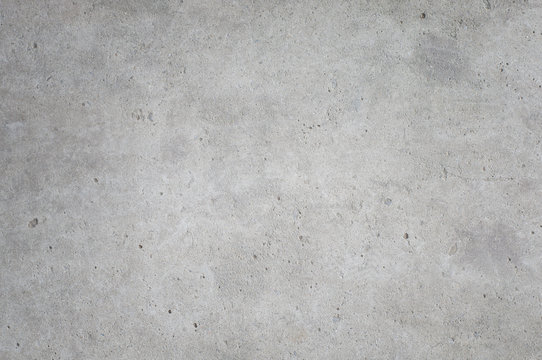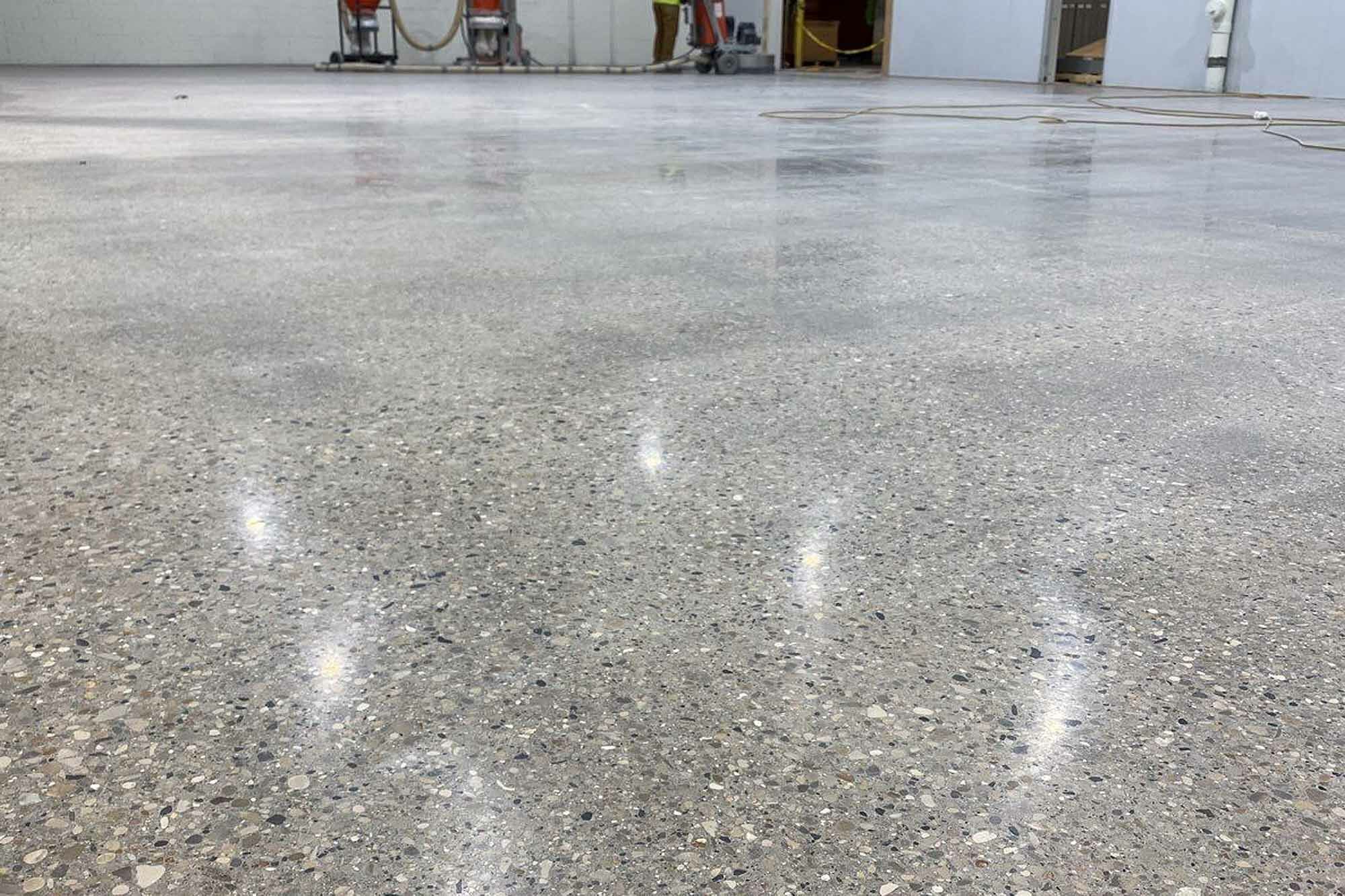Revealing the Eco-Friendly Advantages of Using Recycled Concrete in Sustainable Construction Practices
In the world of lasting building and construction methods, the application of recycled concrete stands as a crucial yet often underestimated source. Beyond its standard applications, recycled concrete deals a myriad of green benefits that extend far past the boundaries of conventional building materials. From reducing environmental impact to improving cost-efficiency, the effects of including recycled concrete in sustainable structure techniques are considerable. This functional product not only addresses pressing ecological worries however likewise provides a sensible option to the challenges encountered by the construction market at big.
Environmental Advantages
Undoubtedly, among one of the most substantial benefits of making use of recycled concrete is its favorable effect on the atmosphere. By integrating recycled concrete into construction practices, there is a considerable reduction in the need for brand-new basic materials, causing conservation of all-natural sources. This process helps in protecting accumulations, water, and energy that would have been made use of in creating new concrete. Furthermore, the use of recycled concrete decreases the quantity of waste being sent to garbage dumps, consequently reducing environmental air pollution and reducing the stress on land fill abilities.

In comparison, recycled concrete has a reduced carbon impact as it decreases the need for new concrete manufacturing. Overall, the ecological benefits of utilizing recycled concrete are considerable and play a vital function in promoting environment-friendly building and construction approaches.
Cost-Efficiency
Attaining cost-efficiency is a critical consideration when analyzing the use of recycled concrete in building and construction jobs. One of the vital advantages of using recycled concrete is its cost-effectiveness compared to conventional concrete.
Furthermore, using recycled concrete can bring about savings in land fill prices by drawing away concrete waste from disposal websites. This not only minimizes the environmental effect but likewise removes the prices connected with waste removal. The resilience and efficiency of recycled concrete are similar to traditional concrete, making certain that expense savings do not endanger the top quality of the building and construction.
Resilience and Stamina
Taking into consideration the substantial cost-efficiency benefits of utilizing recycled concrete, it is important to analyze its toughness and stamina in building and construction applications. Recycled concrete deals similar, otherwise premium, longevity and stamina properties to typical concrete. Through advancements in handling methods and quality control, recycled concrete can meet or go beyond the performance requirements of traditional concrete. The procedure of reusing concrete involves squashing, sorting, and evaluating old concrete to generate accumulations that can be made use of in brand-new building tasks. These recycled aggregates can offering acceptable compressive toughness, resilience, and lasting efficiency.

Waste Reduction
When it comes to utilizing recycled concrete, waste reduction is an essential advantage that contributes considerably to environmental preservation. By including recycled concrete right into more tips here building and construction projects, this waste is repurposed and diverted from landfills, lowering the overall environmental influence of building tasks.
Recycled concrete not just assists in minimizing the amount of waste that winds up in land fills yet also conserves natural sources by reducing the need for new aggregate materials. This procedure of waste reduction advertises a round economy within the building market, where materials are reused and recycled to develop a much more sustainable sector. Additionally, the usage of recycled concrete can bring about set you back financial savings for building jobs, as it is frequently more cost effective than sourcing and carrying new products. To conclude, waste reduction through the use of recycled concrete is an important element of sustainable construction practices that profits both the setting and the building and construction market overall.
Power Preservation
When it comes to using recycled concrete in building, substantial power savings are achieved contrasted to typical concrete manufacturing. The procedure of creating recycled concrete entails squashing and reusing existing concrete products, which consumes less energy than mining, processing, and carrying raw products for new concrete production.
Final Thought
In final thought, the utilization of recycled concrete in lasting building and construction practices provides numerous ecological benefits, cost-efficiency, toughness, strength, waste reduction, and energy conservation. By including recycled concrete into construction tasks, we can add to a more eco-friendly and lasting future. It is crucial for the building industry to prioritize making from this source use of recycled materials to assist reduce the environmental influence of building activities.
One of the essential benefits of making use of recycled concrete is its cost-effectiveness contrasted to standard concrete.Moreover, the use of recycled concrete can find out this here lead to cost savings in landfill prices by drawing away concrete waste from disposal sites. The sturdiness and efficiency of recycled concrete are comparable to standard concrete, guaranteeing that price savings do not compromise the top quality of the construction.
